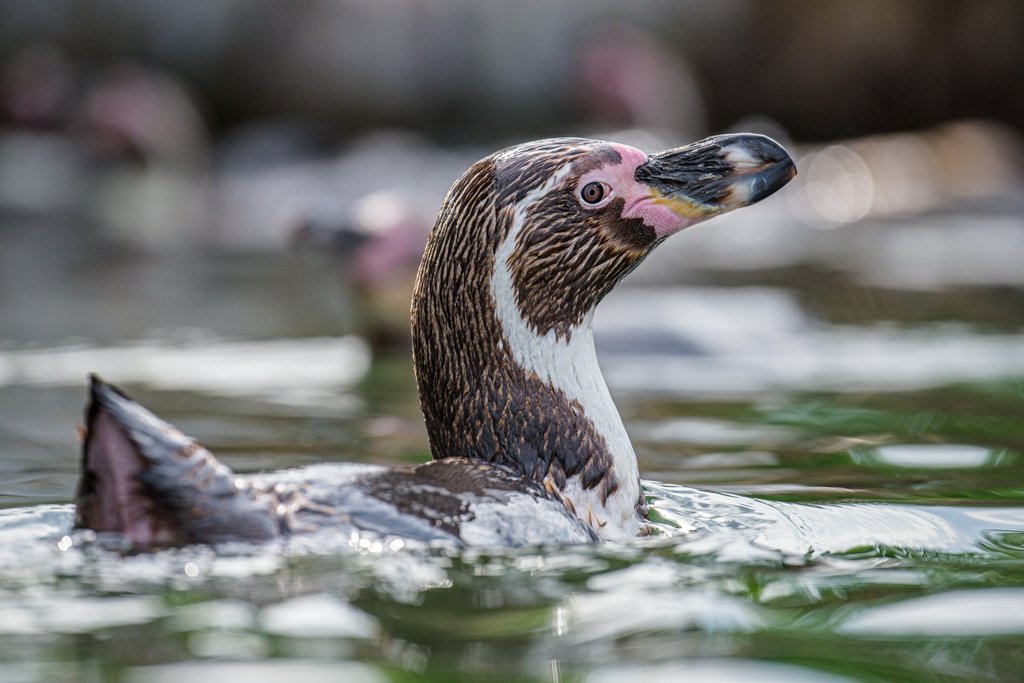
HUMBOLDT PENGUIN
Spheniscus humboldti
The humble Humboldt Penguin is a diminutive little fellow standing at 65 cm’s tall and weighting just 4kgs.
These wonderful little penguins get their name from the Humboldt current that flows past the coast of their native South America bringing with it a bumper harvest of fish for them to feed on.
Breeding
In the wild, Humboldt Penguins live in large breeding colonies along the coastlines of Chile and Peru. Though they prefer to live in larger groups the Humboldt is monogamous and will stay with it’s chosen mate for its whole life. Breeding can occur anytime between March and December, during this time the female will lay a maximum of two eggs, incubating them for between 40 and 42 days. Once hatched, the chicks will take around twelve weeks to fledge and reach sexual maturity at two years of age.
Threats in the wild
The Humboldt Penguin is currently classified as vulnerable on the IUCN Red List. This is largely due to the human depletion of fish stocks which the penguins need to feed on in order to survive. As well as this, they are also the target of hunting and in recent decades El Niño events have played havoc with the Humboldt Current, displacing the cool fish-rich water with nutrient-deprived warmer waters.
These factors, coupled with existing pressures from natural predators has led to the Humboldt Penguin population falling to as low as 3,300 individuals in the wild. Here at Peak Wildlife Park, we have joined up with Penguin Lifelines in order to help maintain a stable captive population. Through correct keeping practices and a successful breeding programme, we hope to preserve this wonderfully charismatic little penguin for future generations.






